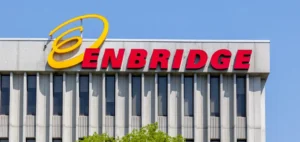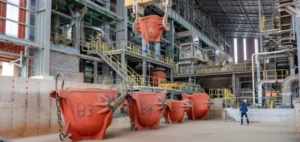Mergers, acquisitions and partnerships are multiplying in Africa’s mining sector as companies seek to secure access to strategic metals and increase their resilience. These consolidation moves are seen as levers to strengthen local economic presence, improve operational performance and adapt to mounting regulatory pressure in high-risk jurisdictions.
Asset concentration and synergy strategy
Zach Kauraisa, Head of Advisory at the private equity firm Eos Capital, noted that merger logic is primarily driven by revenue optimisation and cost reduction. In the African context, these synergies go hand in hand with an expanded territorial footprint, allowing merged groups to play a more structuring role in national economies.
This growing influence translates into increased tax contributions, higher direct and indirect employment, and stronger bargaining power with public authorities. This positioning also facilitates obtaining a social licence to operate in environments where project acceptability remains a major issue.
Regulatory framework and legal safeguards
David Roney, Chief Executive Officer of international law firm Sidley Austin, stated that mining transactions in Africa are increasingly assessed through the lens of investment flows, shaped by evolving industrial policies and current geopolitical tensions. This trend lengthens approval processes and increases compliance demands.
To limit risks, he recommends establishing complementary legal protections such as bilateral investment treaties, stabilisation agreements with host governments, and adherence to international law. These instruments reinforce transaction security, particularly in cross-border projects involving strategic metals.
Local benefits and processing trade-offs
The issue of local mineral beneficiation remains a source of tension. While several African governments call for increased in-country processing of resources, companies express concerns over the low margins generated by such activities.
Kauraisa noted that when authorities commit to co-financing related infrastructure, beneficiation initiatives become more attractive. This approach could encourage more players to integrate processing stages into their projects, especially within the lithium, cobalt or graphite value chains.






















